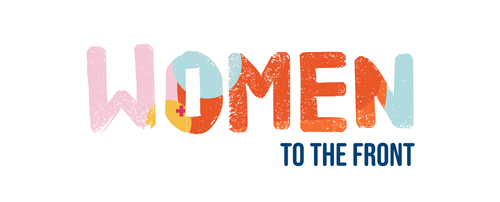For new families, a sense of financial security is undeniably valuable. But, on the other hand, so is spending quality time with young children and being there to support partners during the ups and downs.
Many governments across the world provide generous paid parental leave entitlement to families so they can shift focus and avoid stress as their lives change. Unfortunately, many Australian workers and families do not receive the support they need because our government-supported paid parental leave scheme isn’t fit for purpose. It means it’s more difficult in Australia to avoid the stress of working full-time or returning to work before you’re ready. But Australian Unions is working hard to make positive changes for families.
What is the paid parental leave scheme in Australia?
The Australian Government’s paid parental leave scheme was introduced back in 2010, and it was initially intended to be a first step towards supporting both parents – a piece of foundational legislation that would lead to even more support. But, after more than a decade, we haven’t seen any improvements at all.
In Australia, eligible employees who are the primary carer of a newborn or newly adopted child are entitled to 18 weeks of paid parental leave at the national minimum wage. That’s currently $772.55 per week before tax. In some instances, you may also be entitled to an additional two weeks pay at minimum wage through the Dad and Partner Pay scheme.
As a benchmark, it’s helpful to compare Australia to other OECD countries – a group of some of the world’s wealthiest nations. Australia’s 18-week paid leave entitlement falls well short of the OECD average of 53 weeks paid leave.
So even though Australia is one of the wealthiest per-capita nations in the world, why do we have one of the least generous paid parental leave schemes?
Australia’s paid parental leave system is inherently sexist
Not only are we lagging behind most countries when it comes to the support we provide new families, but the way the scheme itself is structured was well behind the times right from the start. Even when it was introduced back in 2010, it was already based on outdated gender roles.
Australia’s paid parental leave scheme is built on the idea of a ‘primary carer’ and a ‘secondary carer,’ with only the primary carer being able to access paid leave to care for a newborn or newly adopted child. This concept of a ‘primary’ and ‘secondary’ carer entrenches the cultural and social expectations that caring is ‘women’s work’ rather than a shared responsibility.
Worse still, it widens the gender pay gap by economically incentivising women to stay at home rather than giving parents the choice to decide who the primary caregiver is based on their own individual circumstances.
The evidence shows that men, especially young fathers, want to share caregiving responsibilities more equally. In most cases, because the paid parental leave scheme is only 18 weeks at the minimum wage, it is not economically viable for men to take on the primary caregiving role. Consequently, men make up only 6.5% of people who take paid parental leave as the primary carer.
No two families are the same. But your rights are
Every family is unique, so paid parental leave schemes need to be flexible. Unfortunately for LGBTIQ couples, navigating the paid parental leave scheme can be even more difficult. But when it comes to both paid and unpaid leave entitlements, LGBTIQ couples have exactly the same rights as everyone else.
In some instances, you may be entitled to additional paid parental leave on top of the government scheme as part of an Enterprise Bargaining Agreement (EBA) – an agreement between one or more national system employers and their employees that lays out relationship terms. Depending on the language they use, some EBAs can exclude LGBTIQ employees from accessing the same entitlements as their non-LGBTIQ colleagues. But the Fair Work Act states that EBAs must not use discriminatory terms and that the EBA may be open to challenge if that is the case.
We want to make paid leave accessible and equitable for all
We believe that, for many of us, bringing a child into the world will be one of the most significant moments in our lives. We deserve the right to experience and savour these moments while being free to support our partners without the fear of financial hardship or loss of work.
That’s why members of Australian Unions are fighting for change. Within the next five years, we want to legislate a paid parental leave scheme that:
- Provides 52 weeks paid leave at full wage replacement with equal access for both parents
- Removes the concept of ‘primary’ and ‘secondary’ carers and lets parents share entitlements as they see fit
- Gives a bonus of two weeks paid leave to parents who take equal amounts of leave to share the caregiving duties.
While we fight for change, you can contact us for support.
If you need advice on your paid or unpaid leave entitlements, speak to your union for support or contact the Australian Unions Support Centre.












SHARE:
We’re taking action for fairer paid parental leave